4 Tips for Making the Switch from AC to Heat
October 8, 2021
Energy costs can take up a large chunk of a restaurant’s budget, so commercial kitchen managers are always looking for ways to defray those costs. You may install cooling fans, turn down the thermostat on the water heater, buy Energy Star® appliances, or have your commercial equipment cleaned and maintained regularly. One major system that needs to be regularly maintained is the HVAC unit that heats and cools your restaurant. It’s an essential piece of equipment that affects the comfort, health, and safety of your team members and your customers. When the weather begins to cool, and it’s time to turn the furnace on, you may wonder if your HVAC system is ready to make the switch. We’ve collected the following tips to consider before moving from cooling to heating.
1. Perform routine maintenance before you switch from air conditioning to heat.
When a furnace is off for over 3 months, dust, grime, and dirt may have accumulated, making the unit run less efficiently. To make sure it’s ready to operate without issue, use a trusted commercial kitchen equipment repair service
to perform a multi-point checklist. Cleaning the equipment and changing the filter are small, essential tasks that make a huge difference in the life of your HVAC equipment. A repair service can also check for ductwork leaks, test range ventilation power, and carefully calibrate the thermostat to optimize the performance of your HVAC system.
2. Remember that HVAC is an essential player in health and safety.
Commercial kitchen HVAC isn’t just about ambient temperature. Powerful components of the system clear the air of aerosolized grease, allergens, and even viral particles, making it a key part of the health and safety of your restaurant. Weak, inefficient systems can circulate stale, dirty air, compromising the quality of your space and the wellbeing of your employees and customers. Ideally, the unit should facilitate three air exchanges per hour for optimal health. Prior recommendations called for one complete air exchange per hour, but new research suggests 2-3 air exchanges per hour promotes healthier indoor air quality.
3. Don’t wait until the ambient temperature is uncomfortable to change to heat.
Switching to heat in your restaurant or commercial kitchen should be done before colder temperatures make patrons or employees uncomfortable. While it may be tempting to “hold out” until temperatures drop in order to turn on the furnace, this will compromise the comfort of both your workers and your customers. Their discomfort is not worth the small energy savings you’ll gain from waiting to switch to heat. This will also give you some lead time should repairs be necessary once you swap over to heat.
4. Try not to toggle between heat and AC too frequently.
A well-maintained HVAC unit will be able to switch fluidly between heat and air conditioning, but it’s still best practice to try to switch over only once a season. Toggling between heating and cooling can be tougher on the component parts of your equipment, so it’s not ideal. A gentle transition is best for switching from AC to heat. When the furnace hasn’t been running for some time, it may take a few hours or even days for the system to switch over completely. When changing to heating, keep in mind that the thermostat has likely been set higher during the summer months. Lower the thermostat significantly before turning on the furnace. This will ease the burden on your furnace for the first few days of the seasonal transition.
Let ATECH Help Keep Your Team and Customers Warm
Commercial kitchen HVAC systems need specialized maintenance to keep them safe and efficient. Restaurant equipment is subject to greater wear and tear than units in other professional settings. We understand the unique needs of restaurant HVAC systems
because we work in commercial kitchens every single day of the week. Reach out to ATECH today to set up a planned maintenance schedule
for your restaurant HVAC system. As an Authorized Service Agent for over 123 manufacturers, we’re proud of our 90-day parts and labor warranty, backed by our 100% customer satisfaction guarantee. Let us show you why so many Tennessee businesses trust ATECH
for commercial equipment repair. With our help, you can count on your equipment to perform well every day, just like you do.
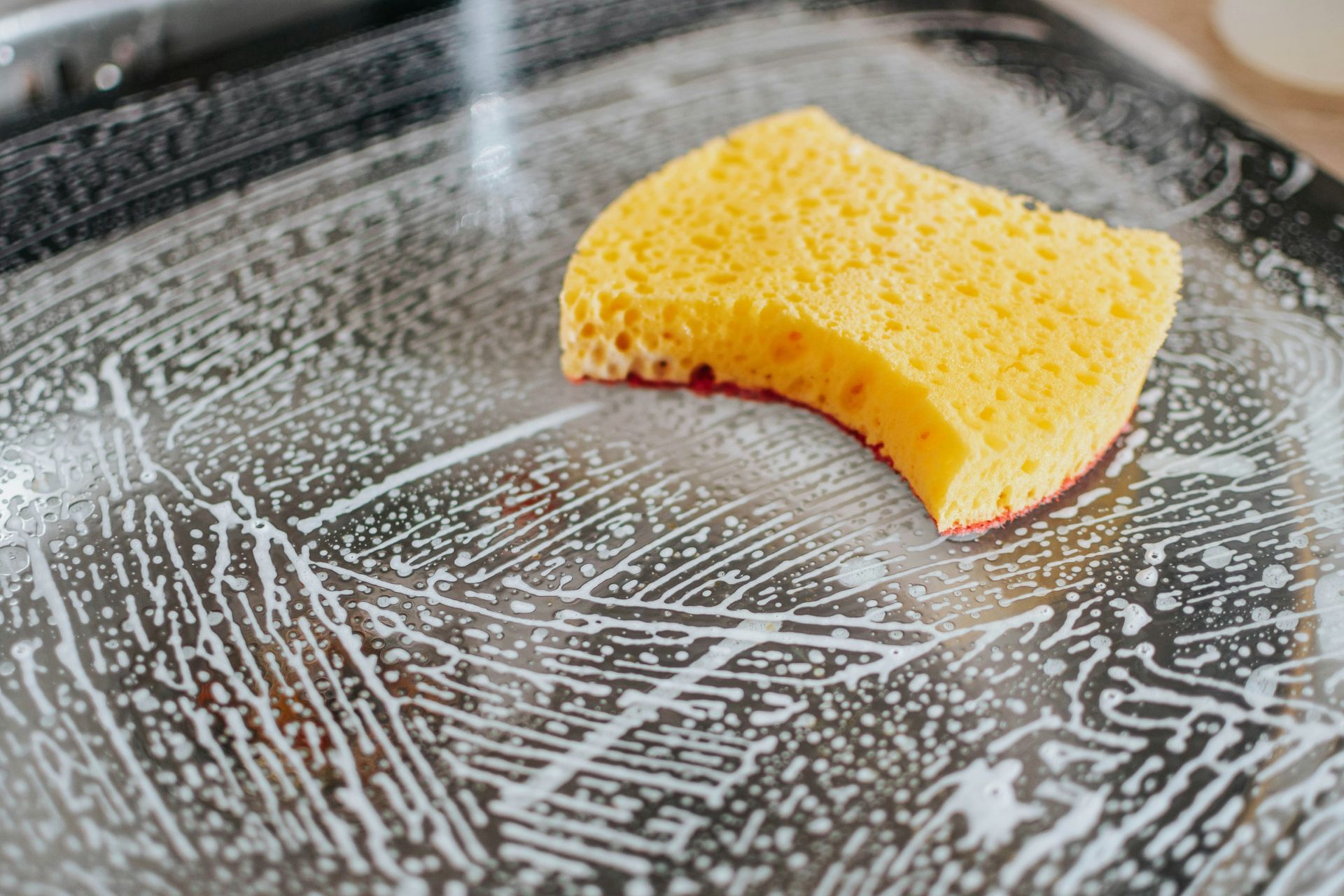
As the season changes and springtime blooms, it's the perfect opportunity to refresh and rejuvenate your restaurant space. Spring cleaning isn't just about tidying up; it's about ensuring a safe, welcoming environment for your patrons and staff. In this blog post, we'll explore some essential tips and best practices for restaurant cleanliness in the springtime. Embrace Deep Cleaning : Spring cleaning is the ideal time to tackle those deep cleaning tasks that may have been neglected during the busier seasons. From scrubbing floors and walls to deep cleaning kitchen equipment, thorough sanitation ensures a hygienic environment for food preparation and service. Focus on High-Traffic Areas : Pay special attention to high-traffic areas such as dining areas, restrooms, and entryways. These areas are prone to accumulating dirt, dust, and germs, making regular cleaning essential for maintaining a pristine appearance and preventing the spread of illness. Refresh Outdoor Spaces : If your restaurant has outdoor seating areas, spring is the perfect time to freshen them up. Clean outdoor furniture, sweep away debris, and power wash outdoor surfaces to create an inviting atmosphere for al fresco dining. Check and Replace Equipment Filters : Don't forget to inspect and replace filters in HVAC systems, refrigeration units, and ventilation hoods. Clean filters help maintain air quality and prevent the buildup of contaminants, ensuring a healthy indoor environment for both customers and staff. Engage Staff in Cleaning Initiatives : Encourage staff members to take pride in the cleanliness of the restaurant by involving them in spring cleaning initiatives. Assign specific tasks and provide training on proper cleaning procedures to ensure consistency and effectiveness. Implement Regular Maintenance Schedule : Establish a regular maintenance schedule to keep up with cleaning tasks throughout the year. By incorporating daily, weekly, and monthly cleaning routines, you can maintain a high standard of cleanliness and prevent the accumulation of dirt and grime. Invest in Quality Cleaning Products : Choose cleaning products that are effective yet environmentally friendly. Look for products that are certified as safe for use in foodservice establishments and follow manufacturer recommendations for proper application and usage. Monitor and Adjust Cleaning Protocols : Continuously monitor cleaning protocols and adjust as needed based on feedback, customer traffic, and changing regulations. Regular evaluation ensures that your cleaning practices remain effective and in compliance with industry standards. Spring cleaning is an essential aspect of restaurant maintenance that goes beyond just aesthetics. By implementing thorough cleaning routines, engaging staff members, and investing in quality cleaning products, you can create a safe, hygienic environment that enhances the dining experience for your customers and promotes a healthy work environment for your staff. As you embark on your spring cleaning journey, remember that ATECH is here to support you with a wide range of cleaning and maintenance solutions tailored to meet the unique needs of your restaurant. Happy spring cleaning!
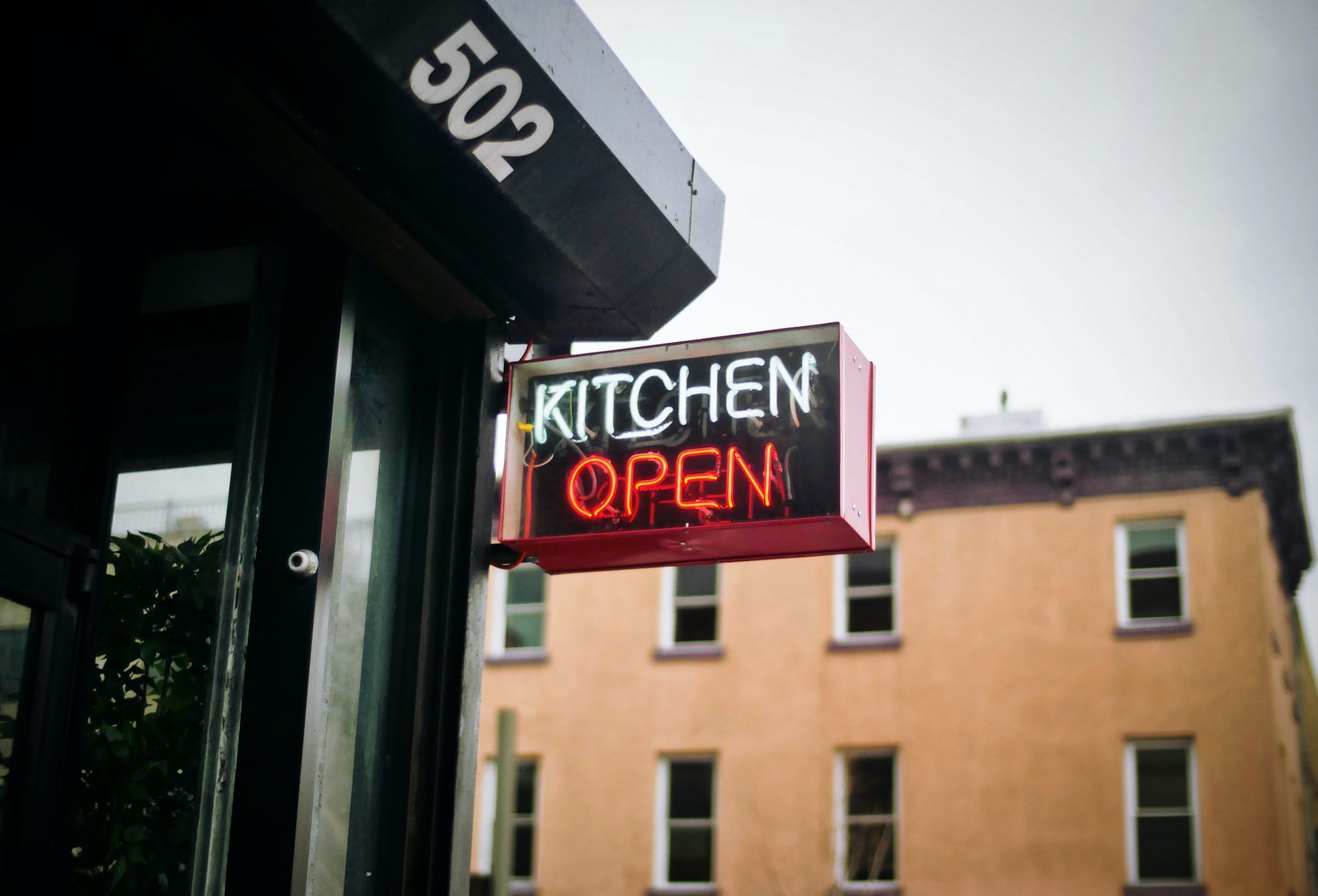
Winter is here, and at ATECH, we understand the unique challenges businesses face in keeping their commercial equipment running smoothly during the colder months. In this comprehensive guide, we'll delve into the strategies, tips, and success stories that can help your business navigate winter effortlessly. From equipment maintenance to emergency services, consider this your go-to resource for mastering winter with ATECH. Winter Equipment Maintenance Tips Checklist for Winter-Ready Equipment: Inspect Seals and Gaskets : Ensure a tight seal to prevent cold air leakage. Check Insulation : Evaluate the insulation of walk-in coolers and freezers. Clean and Sanitize : Thoroughly clean and sanitize all equipment surfaces. Temperature Adjustment : Set optimal winter temperatures for each piece of equipment. ATech Maintenance Tips for Different Equipment: Fryers and Grills : Clean and inspect burners for efficient operation. Ice Machines : Check water lines for insulation and replace filters regularly. Heating Systems : Schedule preventive maintenance to optimize efficiency. Electronic Equipment : Keep spaces well-heated and clean to prevent malfunctions. Businesses often grapple with specific equipment failures that can disrupt operations. ATECH understands the challenges posed by heating system malfunctions, electronic equipment performance, and other issues during the colder months. To tackle these common winter-related failures, businesses should prioritize preventive measures. Regular heating system maintenance checks and air filter replacements can prevent malfunctions. For electronic equipment, maintaining ambient room temperature and conducting routine cleaning are key strategies to ensure optimal performance throughout winter. ATECH's Winter Services: A Lifeline for Your Business Winter demands a proactive approach to equipment maintenance, and ATECH stands as the lifeline for businesses navigating the challenges of the season. Our comprehensive winter services go beyond mere repair and include prompt equipment repairs, planned maintenance, and emergency services. With a commitment to same-day service for urgent winter emergencies, ATECH ensures that businesses can rely on swift resolution during critical times. What sets us apart is our team of factory-trained and CFESA-certified technicians, offering not just reliability but a dedicated partnership to keep your business running smoothly through the coldest months. Trust in ATECH, your lifeline in the winter business landscape. Winter doesn't have to be a season of uncertainty for your business. With ATECH by your side, you have a reliable partner dedicated to providing top-notch equipment repairs and maintenance services. Master winter with confidence, knowing that our comprehensive guide and expert services are here to support your business every step of the way. For personalized winter readiness assessments and expert guidance, contact ATECH today. Let's navigate winter together, and keep your business thriving.

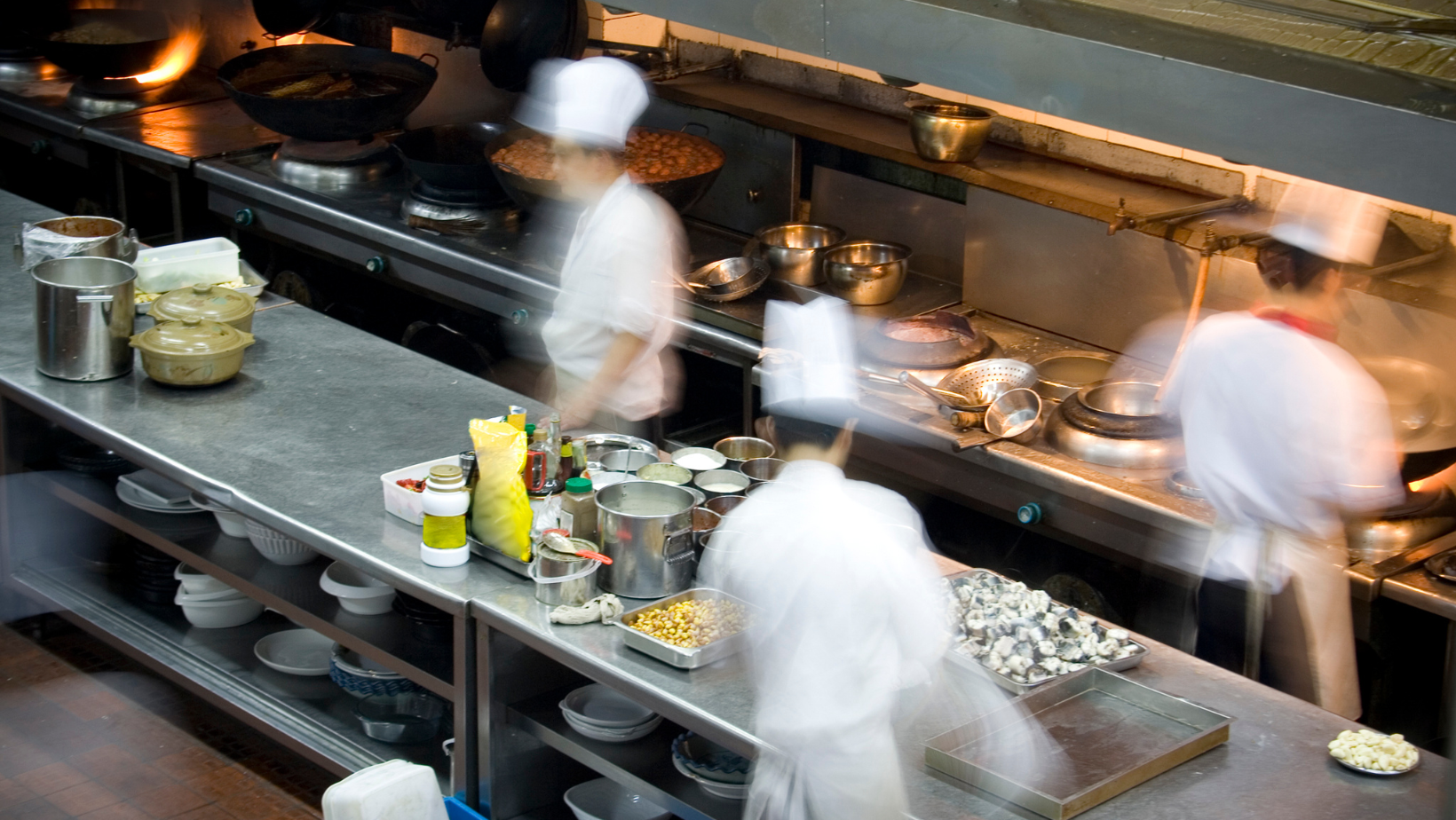


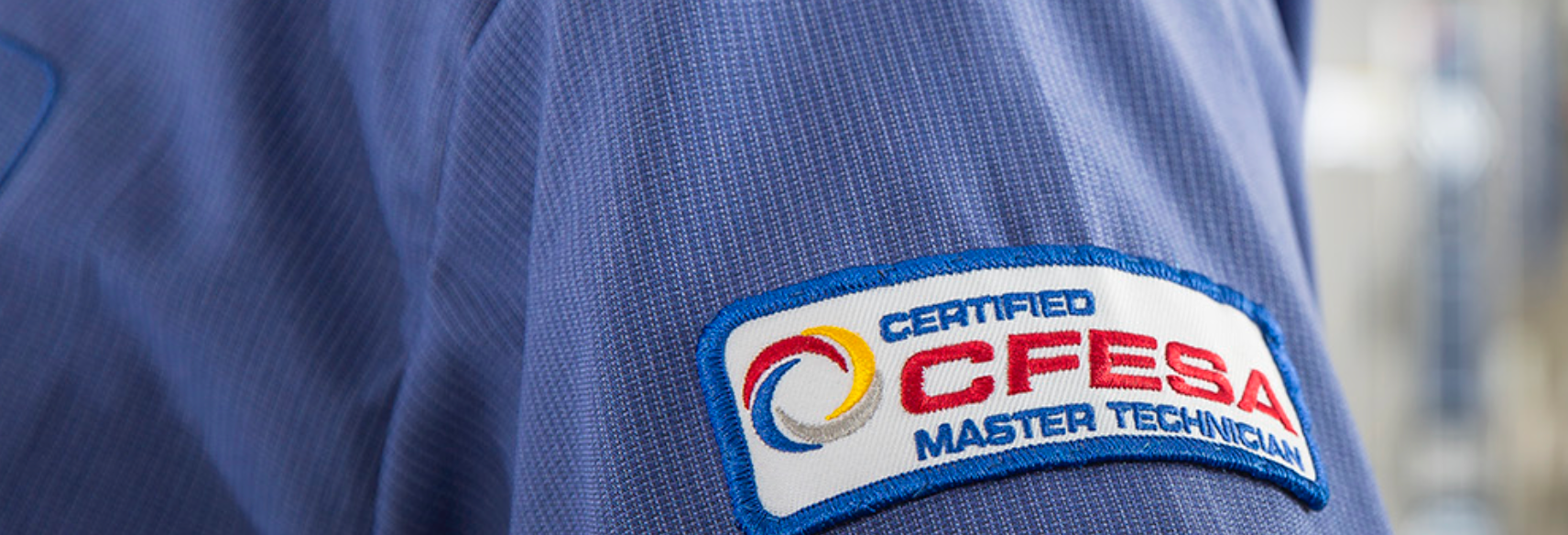
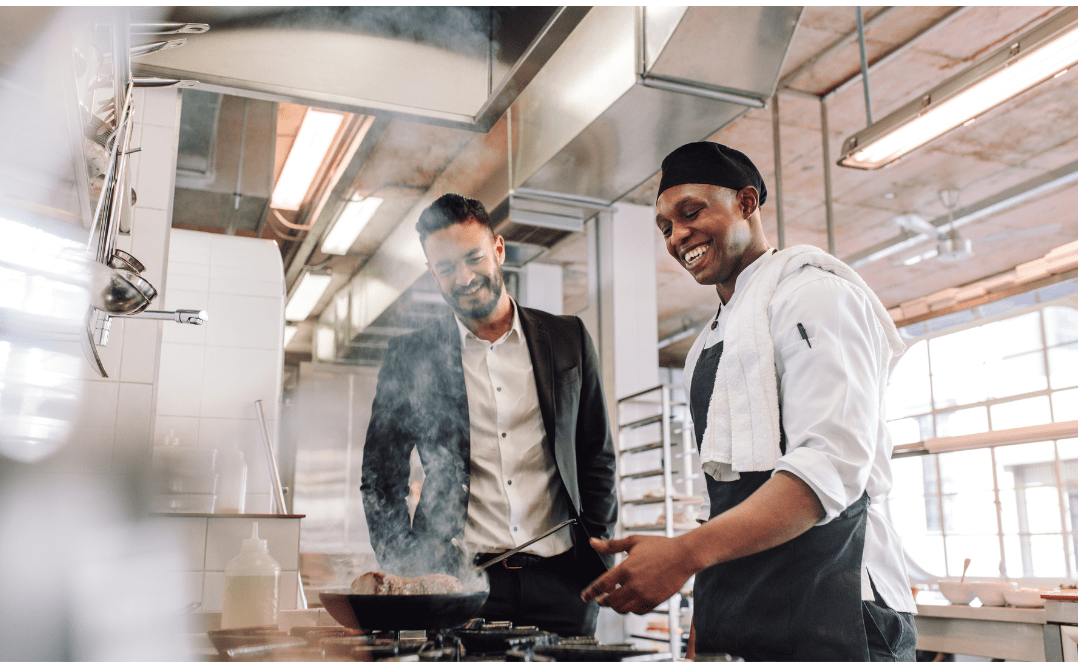
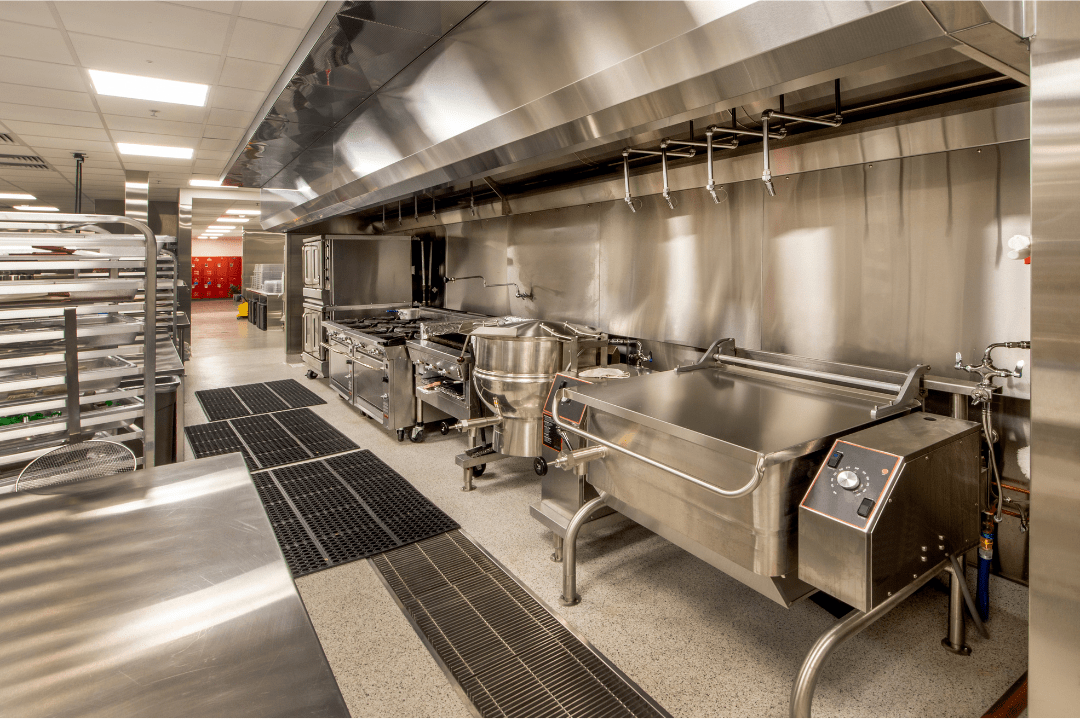
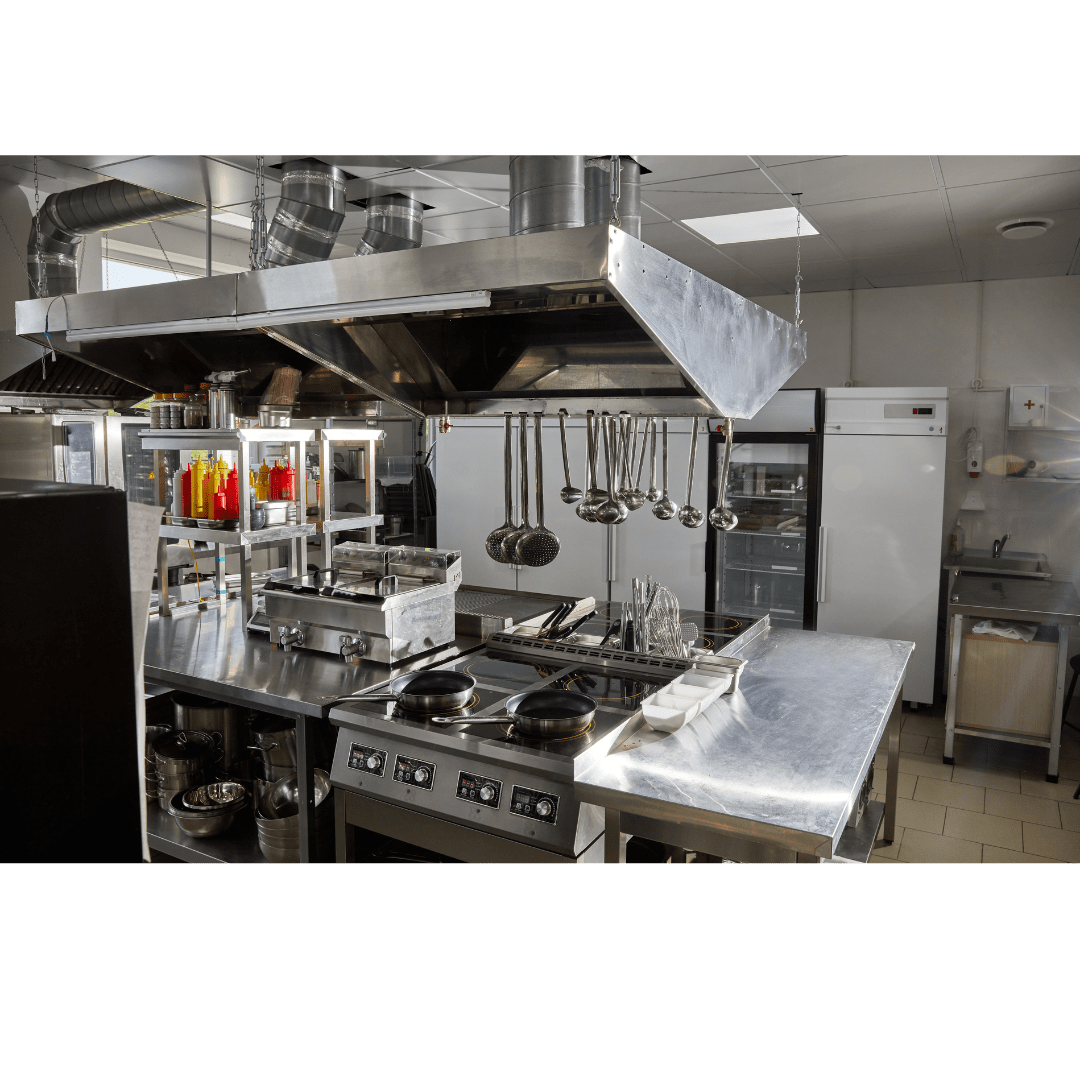
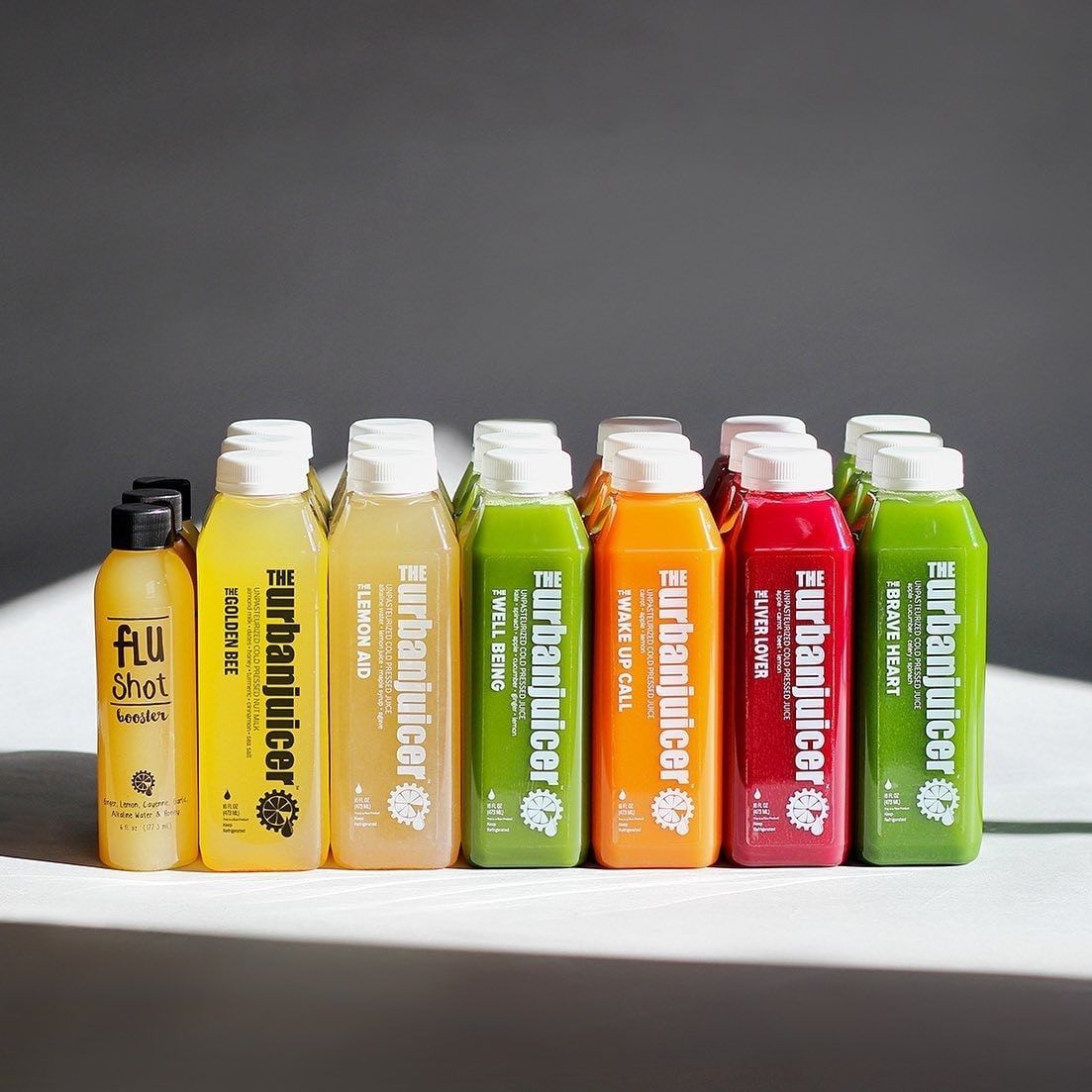
Share On: